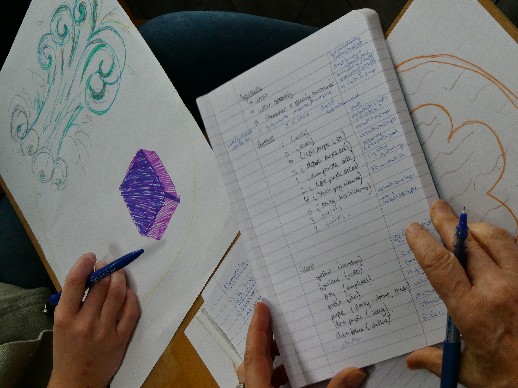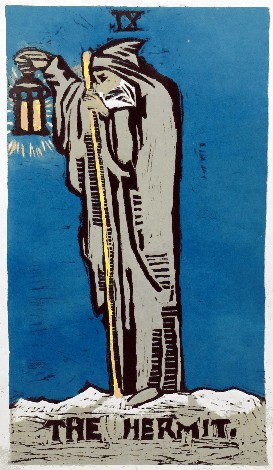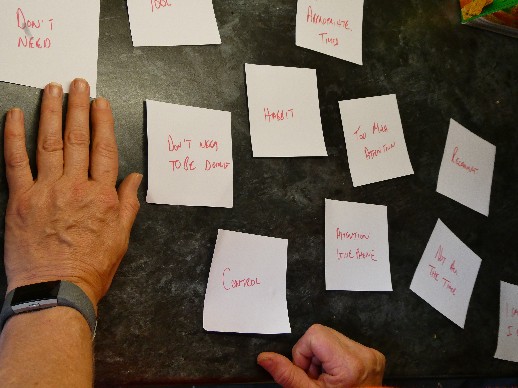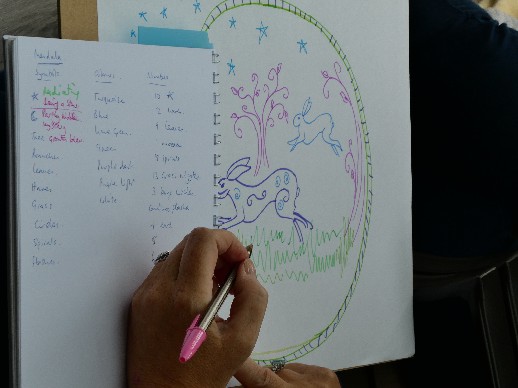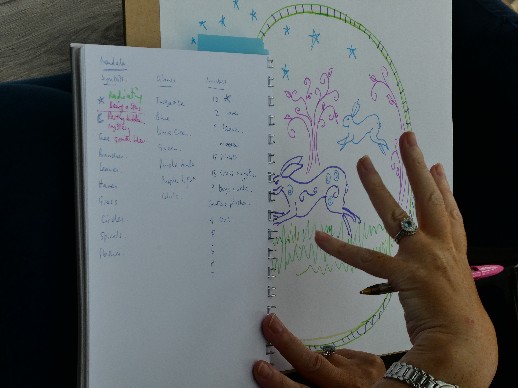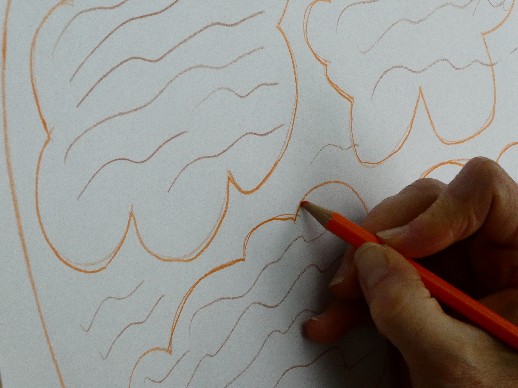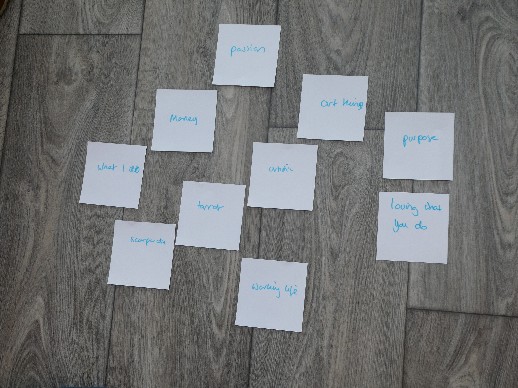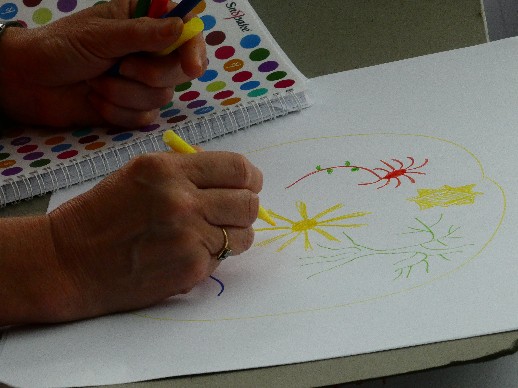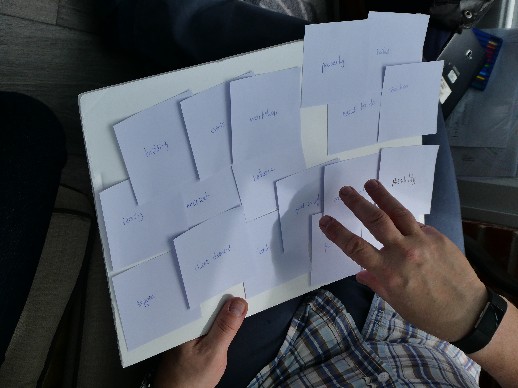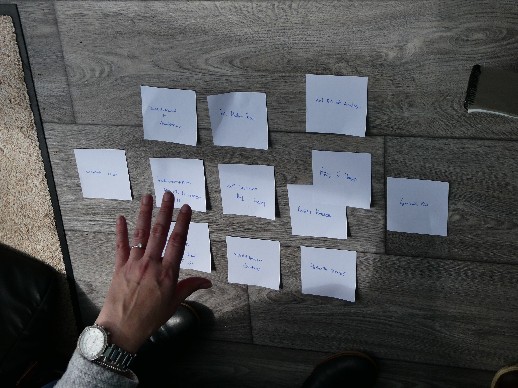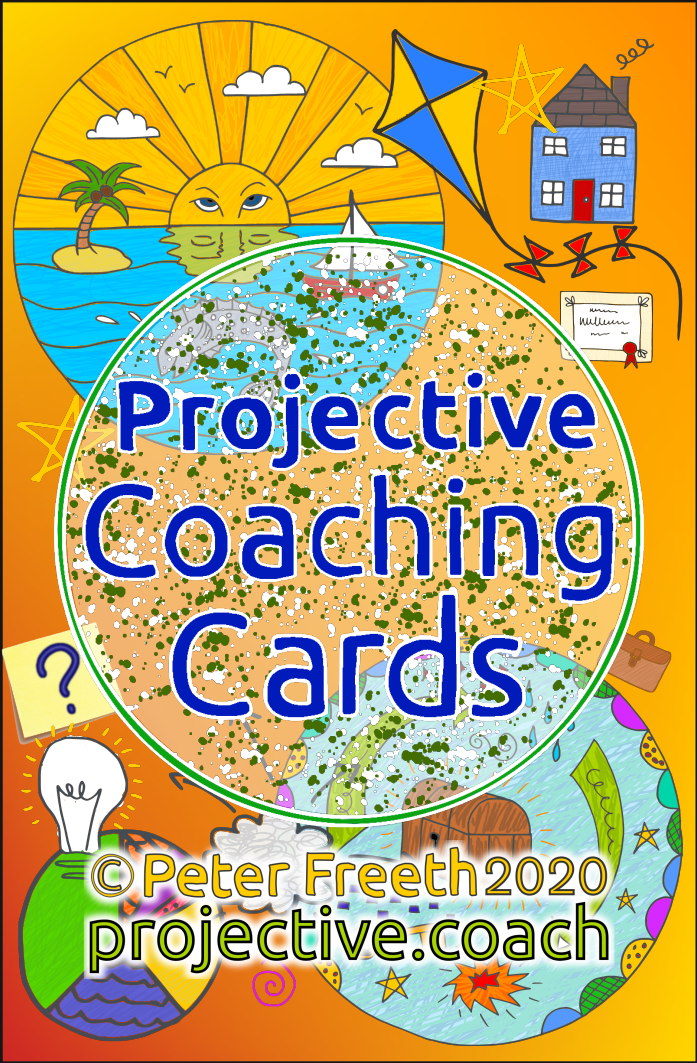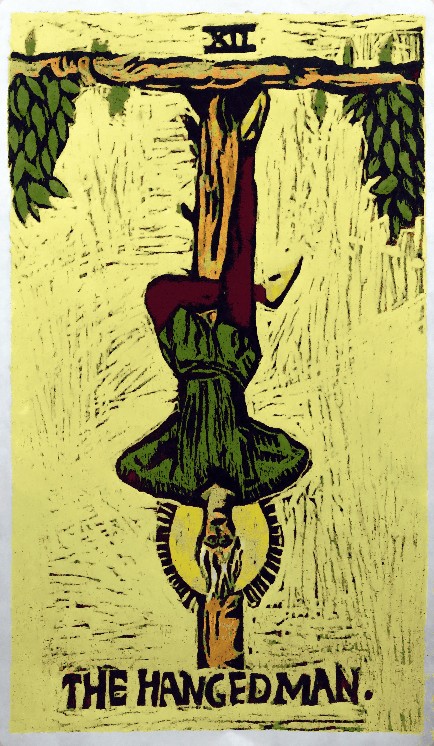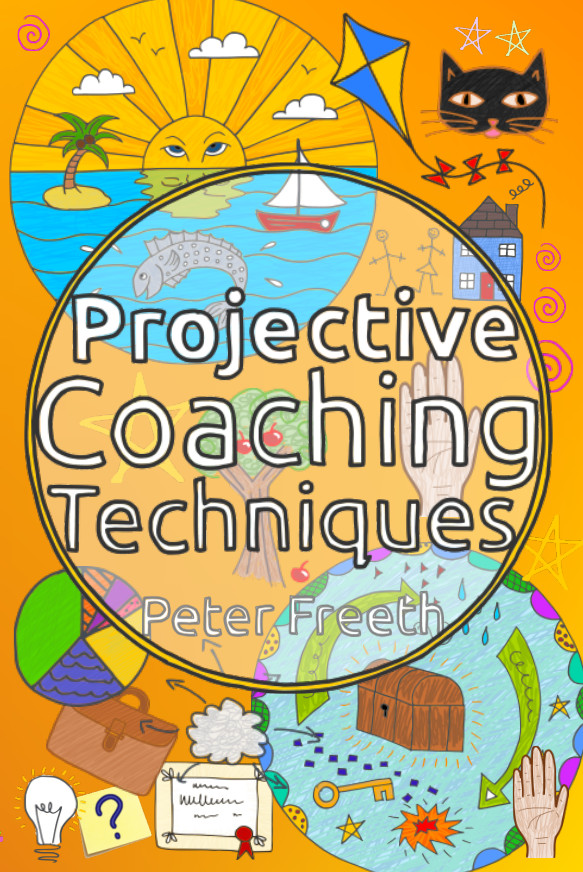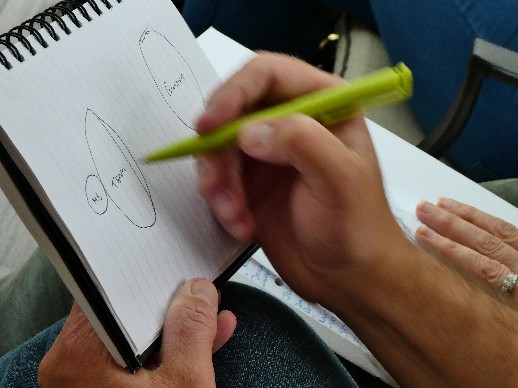Projective Coaching is an approach to the coach-client interaction based on the principle that we each create our own subjective reality, and then project that reality onto the outside world. When we project onto our workplace, our bosses, our families, events, sports results, political messages and so on, our projective self is jumbled up with the noise of everyone else's projections. We argue about what's right and wrong, true and false, truth and lie, not realising that we are all wrong. Within the safe and supportive environment of a coaching session, using a variety of blank canvasses, the client can project their reality, their self portrait, and together with the expertise of the coach, this self portrait can be explored to reveal the client's inner reality, and how that creates their external reality. Clients come to coaching to change the outside world, and where the coach must always start is with the inner world. Projective Coaching creates a whole new dimension to enable the coach to do that.
With a projective approach to coaching, what we are working with is the subjective meaning that the client projects onto the world. In that regard, everything in the client’s reality is a blank canvas onto which they project their hopes, fears, doubts and dreams. However, we are so attached to the idea of an objective reality that is ‘out there’ that it can often be difficult to get a client to accept the notion that they are creating reality for themselves. Their boss was mean to them, they were denied a fair opportunity, an unhappy relationship is someone else’s fault, and they are so attached to their version of the facts that it can take some effort on your part to get them to see themselves as actors within that frame.
Of course, you’re thinking that this is what a good coach does anyway – get the client to take responsibility, reframe meanings, change perspective and so on. Yes, yes. Very good, and well worth the years of training you’ve endured.
But it doesn’t matter how good a coach you are, what matters is whether your client chooses to play along with your clever questions. Often, an evasive client will try to take control of the coaching conversation, and the ways in which they do this can be so subtle that the session is long finished before the coach realises what just happened. For example, the client might come with an agenda for the session, or might present an urgent problem at the start of the session. The former makes the coach think that the client is really taking their development seriously, the latter distracts the coach from what they were going to focus on. A good coach will add to the agenda, and use the presenting problem as an example through which to explore the deeper patterns.
Whether you are a good coach, or an average coach, or a mediocre coach, you still need a way to do that, a way to shift the conversation onto your agenda, a way to sidestep the client’s attempts to maintain their status quo, despite the obvious fact that they are paying you to help them change it. I won’t go into the reasons why clients do that, because that’s covered in my book Coaching Excellence. Suffice to say, the less the client is aware of the reasons for their avoidance behaviour, the harder it is to challenge cognitively, through coaching questions.
Projective techniques are widely used in psychotherapy, so I do wonder why these are not more widely adopted in coaching. These techniques are interesting, fun, and they can very quickly change the dynamic of a coaching relationship, taking you in new directions and opening up new conversations in an engaging, interactive and gentle way.
Projective techniques are often divided into five groups.
Associative techniques in which a particular stimulus is used to elicit the first thing that occurs in the client’s mind. The set of symbols and colours that you can find in the book or on the Projective Image Generator page are examples of associative techniques, and the Rorschach test is perhaps the most well-known.
Completion techniques in which the client completes sentences or drawings, perhaps adding an ending or caption.
Constructive techniques in which the client creates a drawing, sculpture or story with minimal initial framing. The Mandala which you can find out about in the book is an example of a constructive techniques, although the initial setup script and the use of the circle do offer a frame of reference for the client.
Ordering techniques in which the client chooses from a group, or puts a group of pictures, statements or other fragments of information into a particular order.
Expressive techniques in which the client organises and incorporates a particular stimulus into a self-expressive process, such as role playing or an improvised story.
Relational techniques are a sixth group that I would add, in which the client organises a set of elements in a two or three dimensional space. This group would include the Three Circles and the Untangler which you can read about in the Projective Coaching Techniques book, as well as constellation techniques as pioneered by Virginia Satir. I think that this is a distinct group from ordering, because such one dimensional techniques are about prioritising, which does not explain the complex interactions between elements in multiple dimensions.
On this website, and in the books and coaching tools you'll find described here, you can explore how to use projective coaching to bring a fresh new dimension to your coaching.

